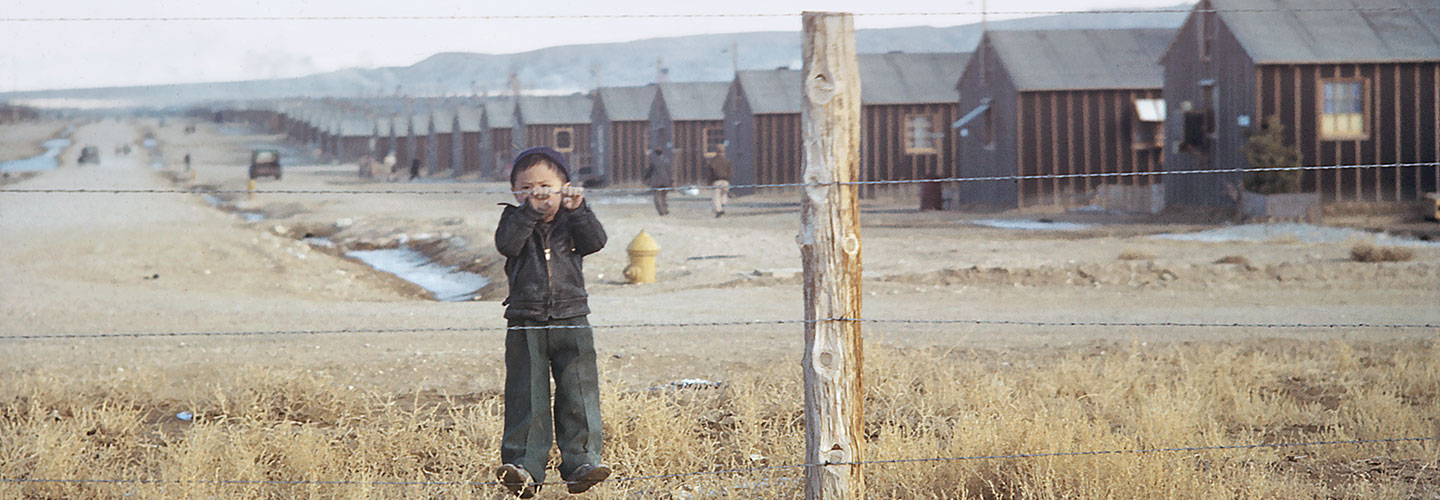Eleven-year-old William “Bill” Hiroshi Shishima was in prison. He was surrounded by barbed wire and soldiers with guns. Escape was impossible.
Just three months earlier, Bill had been a normal kid. He loved eating tacos and playing baseball after school with his friends.
Then his family was rounded up like criminals. They were forced to leave their home. Along with 120,000 other people, they were sent to live in internment camps.
But Bill and the others had not committed any crime.
They had not done anything wrong.
They were in prison because they were Japanese American.
Eleven-year-old William “Bill” Hiroshi Shishima was in prison. He was surrounded by barbed wire and soldiers with guns. There was no way to escape.
Just three months earlier, Bill had been a normal kid. He loved eating tacos. He played baseball with his friends.
Then his family was rounded up like criminals. They were forced to leave their home. They were sent to live in internment camps. So were 120,000 other people.
But Bill and the others had done nothing wrong.
They were in prison because they were Japanese American.
Eleven-year-old William “Bill” Hiroshi Shishima was in prison, surrounded by barbed wire and soldiers with guns. Escape was impossible.
Just three months earlier, Bill had been an ordinary kid who loved eating tacos and playing baseball after school with his friends.
Then his family was rounded up like criminals and forced to leave their home. Along with 120,000 other people, they were sent to live in internment camps.
But Bill and the others had not committed any crime.
They were imprisoned simply because they were Japanese American.

